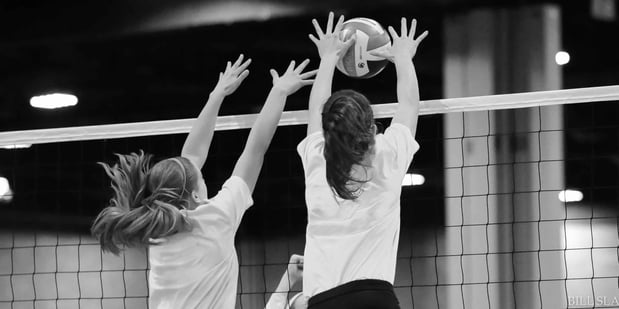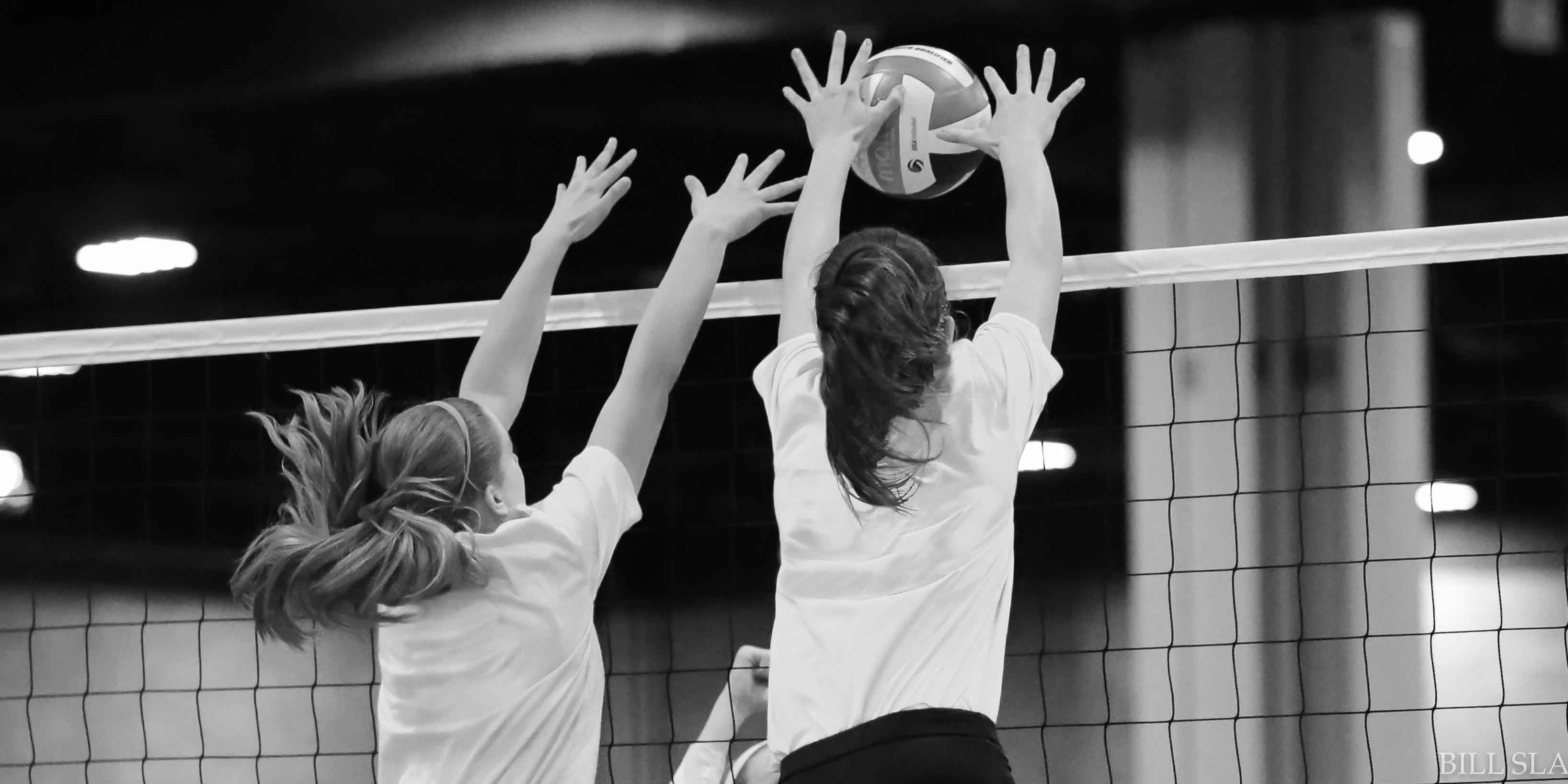Increasing Quickness in Volleyball

A large factor in achieving success in volleyball is the ability to quickly anticipate and react to situations on the court. Building a primary set of volleyball mechanics at a young age is important for an athlete’s future strength and quickness training. Once the basics are well practiced, athletes can use sets of progression drills to improve the skills that are already in place. Here are four progression drills proven to enhance player quickness and performance on the court.
Stage 1: Altitude Drops
This beginner exercise is good for players to practice their jumping mechanics. During this drill, it is important for athletes to pay attention to body position when landing. Since many movements in volleyball involve jumping, a correct landing technique is needed to minimize risk of injury. Performing a controlled landing of toe to heel and landing with a solid athletic stance is essential during this beginner stage. Athletes should take this exercise slowly to ensure that all positions are being met correctly.
Stage 2: Box Jumps
As the progression continues, box jumps allow athletes to expand their technique with the addition of vertical jumps. Using the landing position from the altitude drop in stage one, an athletic stance during box jumps allow for the jump to be explosive off of both feet. With time and experience, the height of the box can be increased for athletes to practice more challenging jumps.
Stage 3: Seated Box Jumps
The seated box jumps takes the standard box jump to the next level. The mechanics remain the same from the box jump in stage two, but the athlete will begin this exercise in a seated position. Starting in this position allows the athlete to build quad strength which increases their quickness and vertical jump height. Proper technique begins with the knees and shins forming a 90 degree angle with the feet shoulder width apart. When introducing this drill, the height of the box should be easily manageable for the athletes, and again, the box height can increase with experience.
Stage 4: Depth Jumps
Leading up to this final step, players can use the skills they’ve acquired from the first three progressions to properly execute this more advanced drill. Depth jumps are good for building athlete strength and power which directly contribute to speed and quickness on the court. With a solid base of technical mechanics, athletes can focus on the explosive tuck jump at the end of the movement. Players should push themselves to see how high they can jump while still maintaining a correct landing in an athletic stance.
Recap
These four drills are proven to help players master the framework of proper jumping mechanics. Once a framework is put into place and correct execution is enforced, the focus can be directed towards strength. Developing quickness and strength with progression exercises will set volleyball players ahead of their competition on the court. To learn more about good exercises that can help volleyball players increase their game read the following links.
http://blog.bridgeathletic.com/volleyball-specific-strength-training-for-a-championship-season
http://blog.bridgeathletic.com/volleyball-power-circuit
Related Posts

The Best Bench Press Variation You’re...
This post is part of our Coaches Corner series with Taylor Rimmer. Taylor is NSCA-CPT, StrongFirst...

Does Powerlifting Harm Heart Health?
A recent study has discovered that a 12-week supervised strength training program (SSTP) may result...
-1.png)
Barefoot Running: Is It For You? |...
Run Free: Consider Less Cushion
Updated October 2020:
With more athletes looking for ways to...


